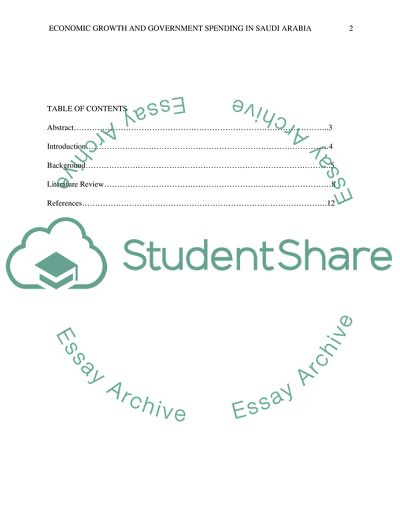Cite this document
(Economic Growth and Government Spending in Saudi Arabia Research Paper, n.d.)
Economic Growth and Government Spending in Saudi Arabia Research Paper. https://studentshare.org/macro-microeconomics/1877210-economic-growth-and-government-spending-in-saudi-arabia
Economic Growth and Government Spending in Saudi Arabia Research Paper. https://studentshare.org/macro-microeconomics/1877210-economic-growth-and-government-spending-in-saudi-arabia
(Economic Growth and Government Spending in Saudi Arabia Research Paper)
Economic Growth and Government Spending in Saudi Arabia Research Paper. https://studentshare.org/macro-microeconomics/1877210-economic-growth-and-government-spending-in-saudi-arabia.
Economic Growth and Government Spending in Saudi Arabia Research Paper. https://studentshare.org/macro-microeconomics/1877210-economic-growth-and-government-spending-in-saudi-arabia.
“Economic Growth and Government Spending in Saudi Arabia Research Paper”. https://studentshare.org/macro-microeconomics/1877210-economic-growth-and-government-spending-in-saudi-arabia.


